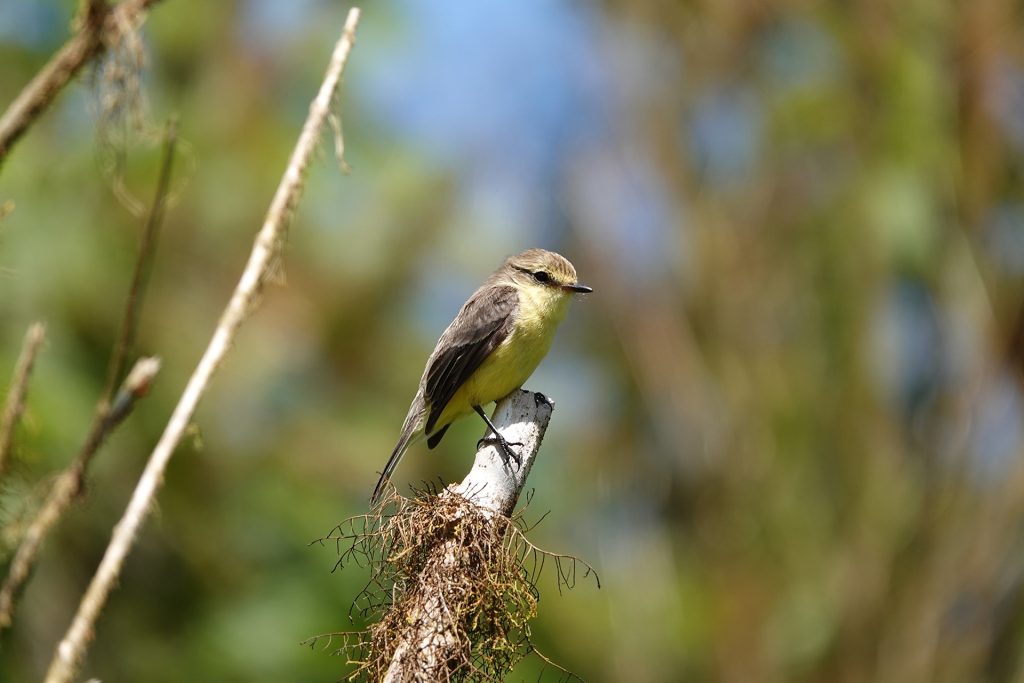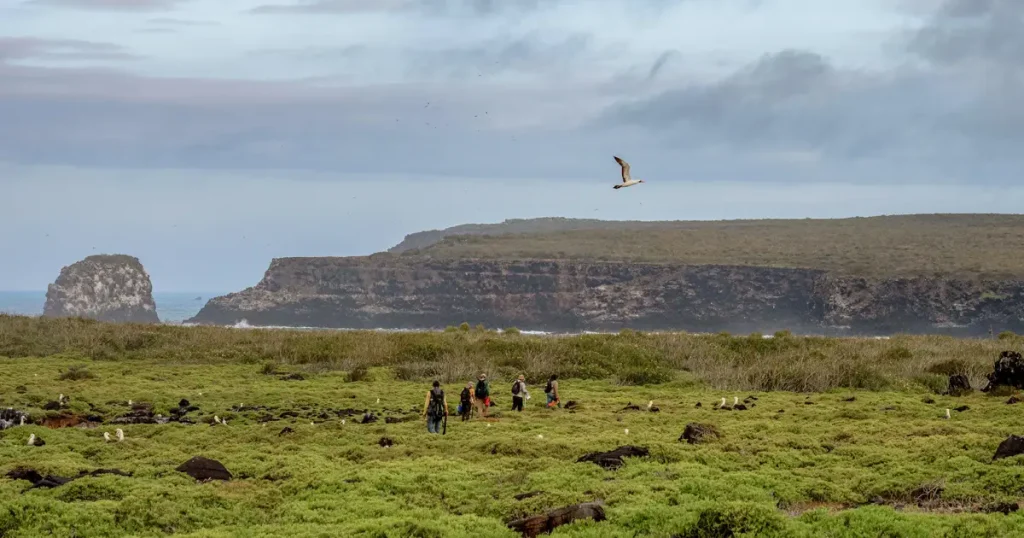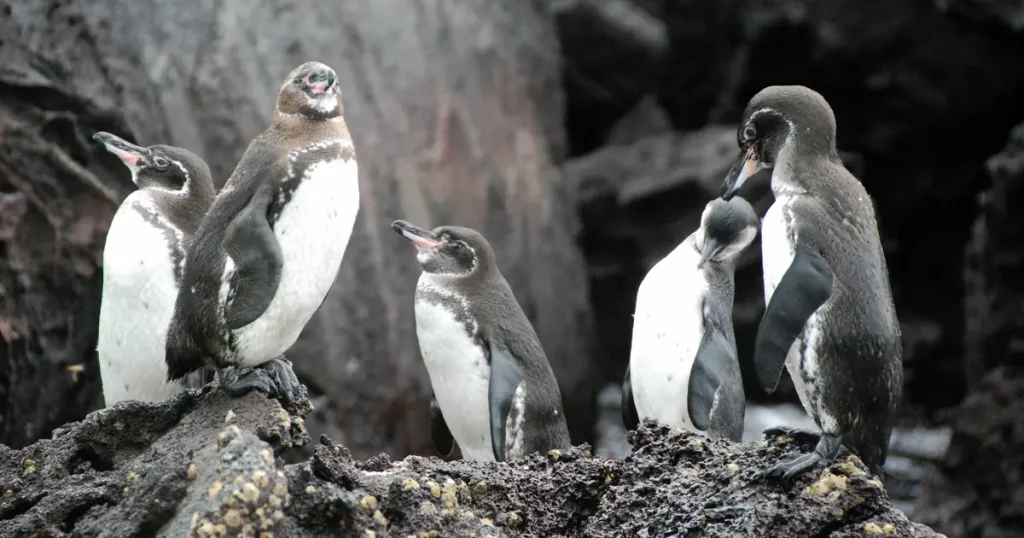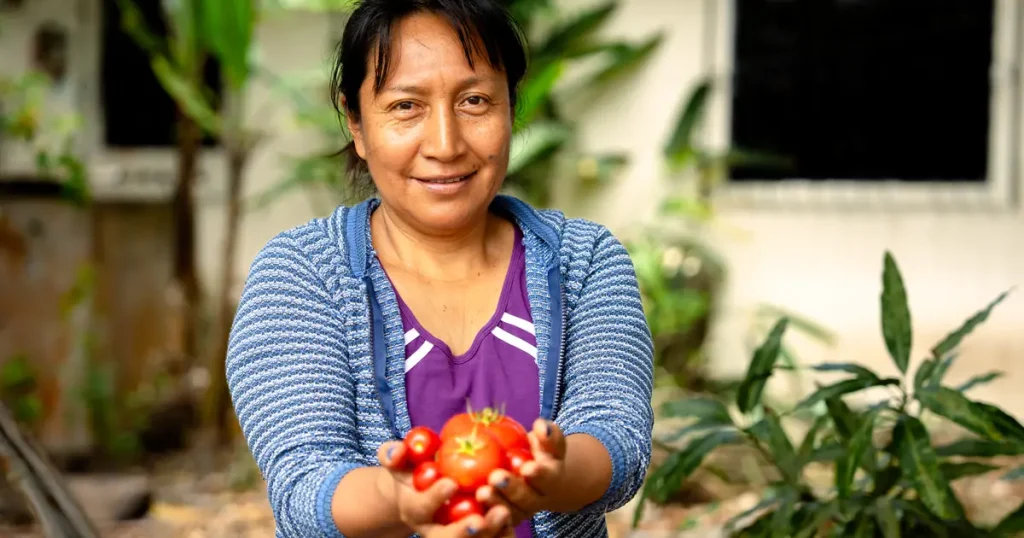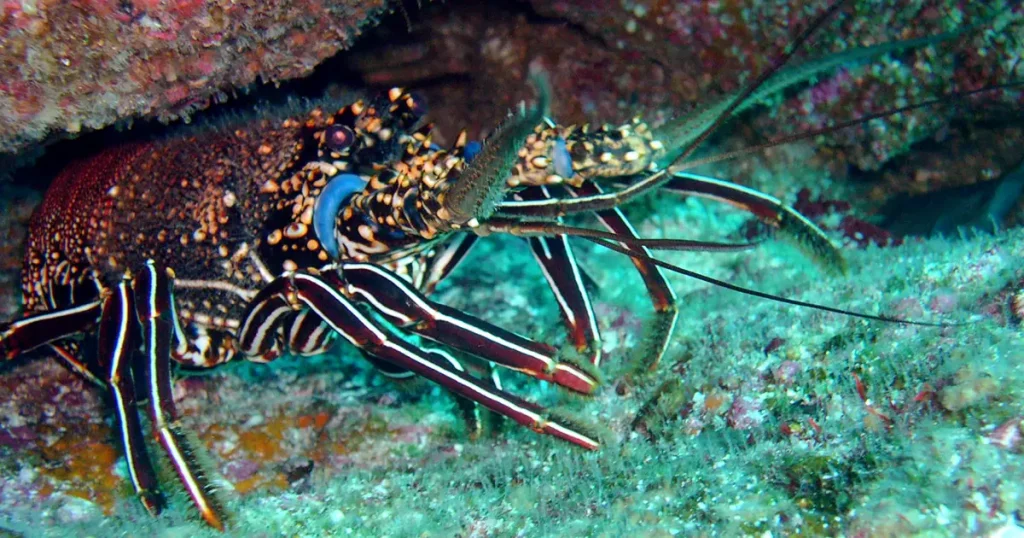One species of Vermillion Flycatcher in Galápagos appears extinct. Does the same fate await another?
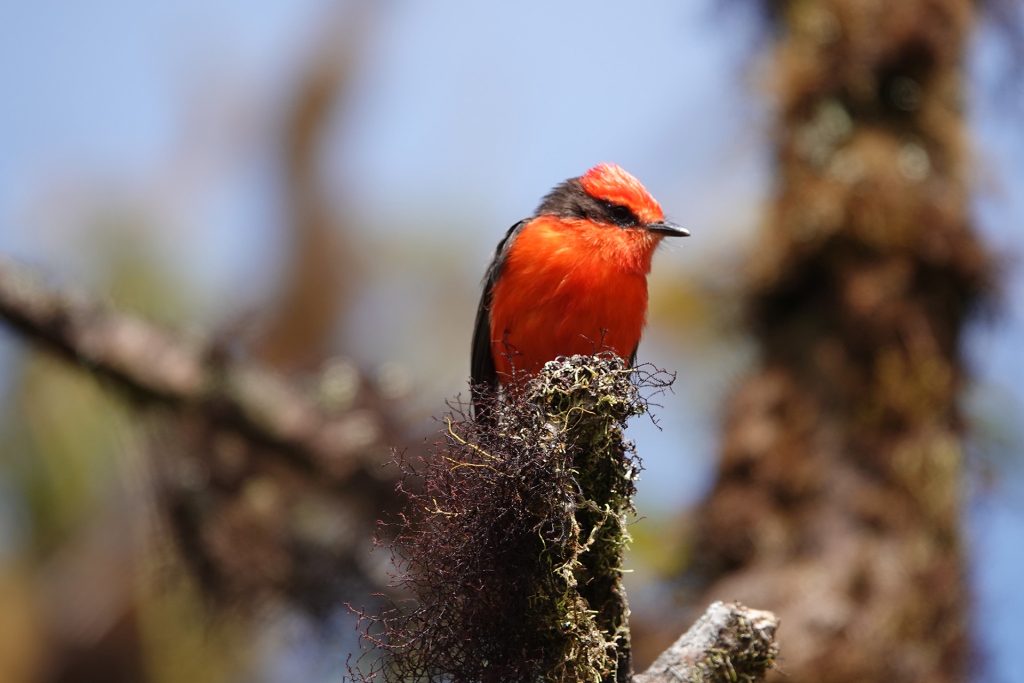
Seven years ago, scientists comparing the genes of so-called “Vermilion Flycatchers” of Galápagos realized they were looking at two new species. These birds were not of the Vermilion Flycatcher (Pyrocephalus obscurus) species ubiquitous across much of the Americas — they were a different species altogether.
Unfortunately, experts soon realized that one of the two newly recognized species hadn’t been seen on its home island of San Cristóbal in decades. The San Cristóbal Flycatcher (Pyrocephalus dubius) has since been declared extinct — though a search continues following anecdotal reports of recent sightings on the island.
The other species, the Galápagos Vermilion Flycatcher (Pyrocephalus nanus), is still found on Santa Cruz, Fernandina, Pinzón, Pinta, Santiago, Marchena, and Isabela Islands — but its numbers have been dwindling because of persistent threats. Black rats devour the birds’ eggs while the larvae of the parasitic avian vampire fly (Philornis downsi) feed on the blood of birds that do manage to hatch, causing the death of chicks in the nest. Meanwhile, introduced blackberry plants have choked out the native species this brilliantly colored bird depends on for its survival.
Galápagos Conservancy, alongside our partners at the Galápagos National Park Directorate and other strategic allies, has worked to address these threats with promising results.
With funding from Galápagos Conservancy, scientists offer “self-fumigating” nesting materials treated with insecticides to kill the parasite in the birds’ nests. Traps are also deployed throughout the archipelago to capture adult flies before they can reproduce. Separately, conservationists are working to control blackberry thickets and restore native habitats.
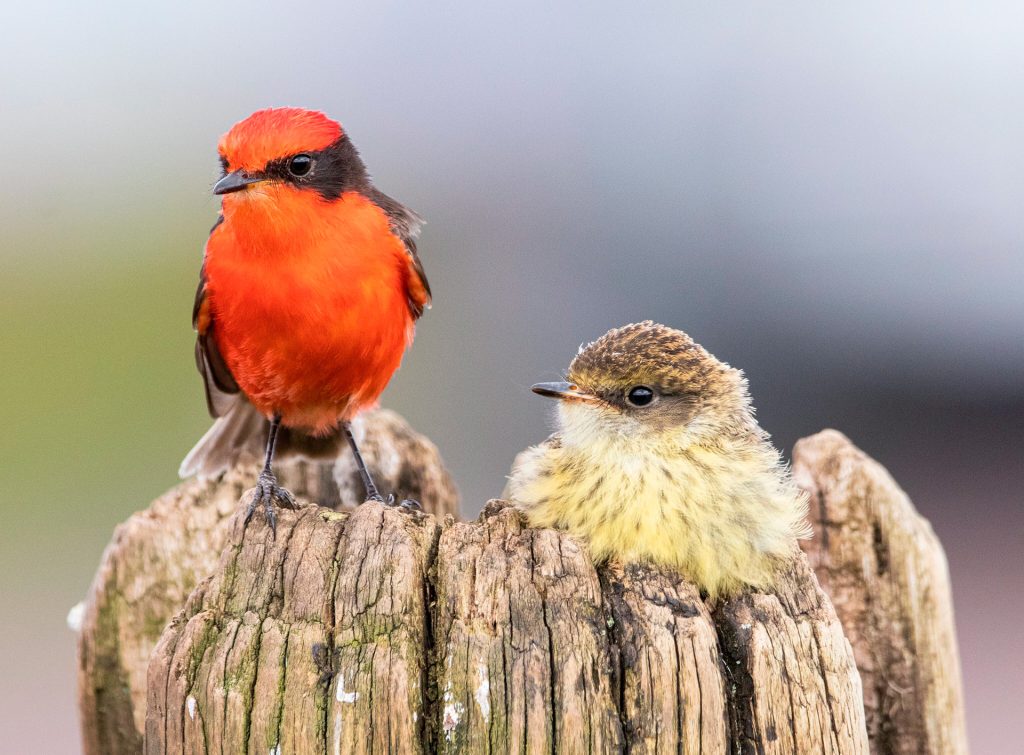
These efforts are paying off. This year, 12 chicks were born on Santa Cruz Island — a notable achievement because only 15 known breeding pairs of Galápagos Flycatchers remain on this island. It was a welcome milestone for this precious bird.
In conjunction with the Galápagos National Park Directorate, we are now supporting the expansion of these efforts onto the other islands where this unique species is found. Our hope is to ensure a brighter future for these striking flycatchers and the unique ecosystems that underpin their existence.
